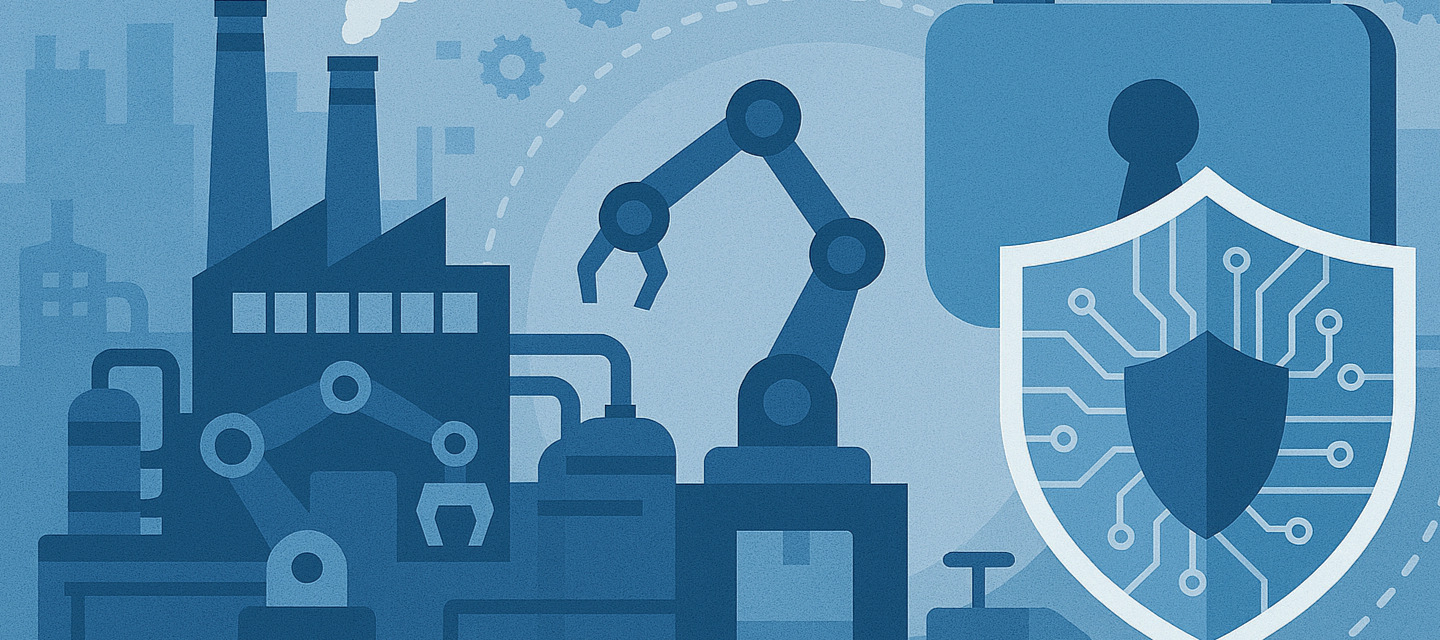NEWS

Industry 4.0 is changing how factories work. It brings new technology that helps people work smarter. But as factories connect more machines and tools to the Internet, they also face more risks. Cybersecurity is no longer something you can ignore; it’s your first step.
Allison Giddens, who leads Win-Tech, says it’s simple: if you want your business to last, you need to take care of cybersecurity early. She compares it to what you hear on an airplane: put your own oxygen mask on first before helping others.
If you don’t protect your systems, you put your whole business at risk. Hackers can steal data or shut down your machines. For factories, this can mean losing production time, money, and trust.
In an Industry4.0 Club webinar replay on cybersecurity, Allison explains that manufacturers often rush toward Industry 4.0, focusing on automation, connectivity, and data analytics. Many small and medium-sized businesses overlook cybersecurity until it becomes a critical issue.
For businesses like Win-Tech, which is a small aerospace machine shop in Georgia, cybersecurity problems can cause serious issues, even affecting business viability. Keeping the company safe depends on having strong cybersecurity from the start, which is why it’s so important to make it part of any move toward Industry 4.0 right away.
Bottom line: increased connectivity means increased vulnerability. Cybersecurity is not simply an add-on but is integral to digital transformation processes. It’s important to evaluate your existing infrastructure carefully and recognize potential risks posed by legacy systems and connected devices.
At Win-Tech, the team took time to work cybersecurity into their daily routine. For example, they started using multi-factor authentication (MFA) and handled USB drives with more care. They kept everyone in the loop with simple training.
While technology plays a crucial role in cybersecurity, people and organizational culture are pivotal. Technology is meaningless without employee buy-in. Companies need to change mindsets and behaviors across all levels, especially across the different generations in manufacturing workforces.
When employees get regular training and clear information, they start to see the value of new security steps and can embrace them without impacting efficiency. Although people may be unsure at first, an inclusive approach that includes everyone in cybersecurity plans helps them feel more comfortable and makes the changes work better.
The cost of cybersecurity enhancements is a barrier for many businesses, especially small and medium-sized enterprises (SMEs). Regulatory compliance, third-party assessments, and advanced technology solutions are substantial investments. It’s a tough balance, funding cybersecurity while meeting routine operational and financial demands. But, skipping cybersecurity can be even more costly in the long run.
Where to start? Manufacturers can take these steps to integrate cybersecurity:
Talking with other business owners helps. You don’t have to figure it all out by yourself. Sharing what works and what doesn’t gives everyone a better shot at staying safe. Local groups like Manufacturing Extension Partnerships (MEPs) are there to help.
When you make cybersecurity part of your plan from day one, you build a stronger business. You show your customers and partners that you take their safety and trust seriously. As factories change, the ones that stay safe will have the best chance to grow.
Ready to learn more? Watch the webinar replay on YouTube: The Importance of Starting with Cybersecurity.
NEWS